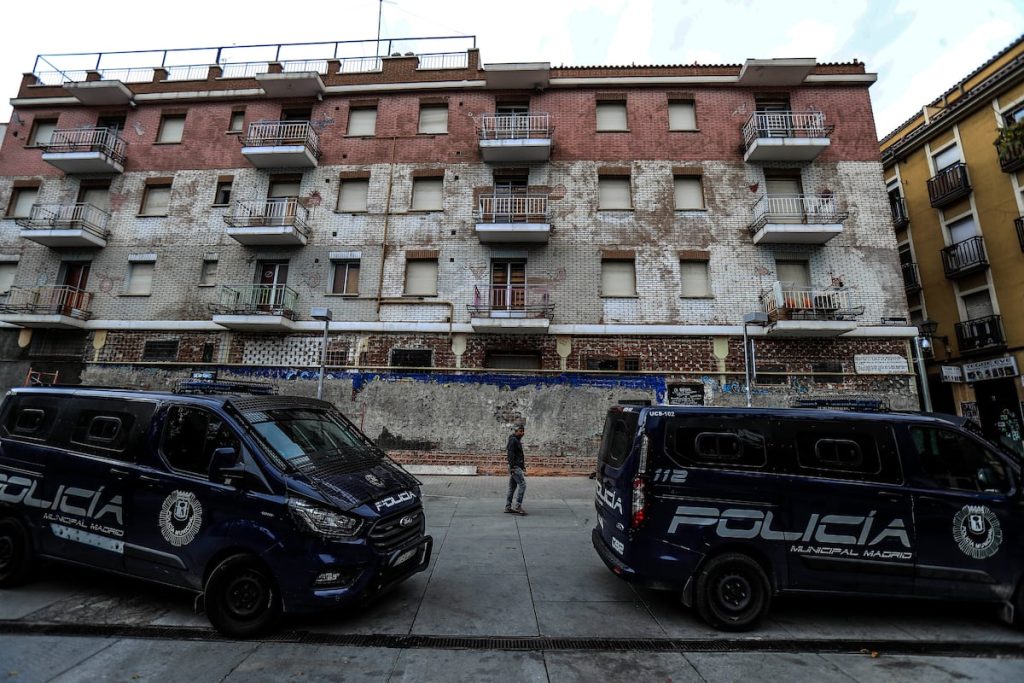Lavapiés, a neighborhood in the central core of Madrid, is described as a melting pot of different worlds. The writer Arturo Barea once said that one can access this neighborhood either from the top or from the bottom of the social pyramid. The history and destiny of this former Jewish quarter, currently home to 47,200 residents, can be observed on the streets. Lavapiés is a diverse area where tourists, businessmen, children, grandmothers, drug users, and worshippers all coexist. However, recent events such as a violent attack on a local shopkeeper and increased drug activity have tarnished Lavapiés’ reputation as a thriving community. Despite being named the best place to live in the world by Time Out four years ago, the neighborhood continues to struggle with issues of degradation amidst increasing gentrification.
The effects of gentrification on Lavapiés can be seen in the transformation of its multicultural symbols. The once vibrant and diverse Plaza Mandela has now lost its balance, with the closure of a popular Senegalese restaurant and the pending development of a new hotel. Sociologist Santiago Ruiz Chasco notes that gentrification processes often entail a prior cleansing in the name of order. Despite being heralded as the new trendy neighborhood akin to Chueca or Malasaña, Lavapiés is resisting the transformation into a solely upscale district. The street of Olmo exemplifies this new urban balance, where commercial spaces are being converted into tourist accommodations, leaving long-time residents feeling displaced and disconnected from their community.
The increase in tourism and the conversion of commercial spaces into short-term rentals have had a significant impact on the fabric of Lavapiés. Locals like Jorge Bolaños, a blind father and leader of the local football club, lament the changes in the neighborhood, with families being forced to leave due to rising rents. The loss of businesses and closure of public institutions like the local school have left residents feeling neglected and abandoned by the city. The influx of tourists has changed the landscape of Lavapiés, leaving it feeling like a ghost town to long-time residents who no longer recognize their own neighborhood.
Despite the current political leadership favoring other areas of the city, Lavapiés continues to hold a strong leftist sentiment, with a history rooted in humble beginnings. Immigrants like Elahi Fazle, who came to Madrid from Bangladesh in 2004, have built a strong community in Lavapiés. However, many new immigrants are now seeking housing in more affordable areas like Villaverde or Vallecas. The changing demographics and continued struggles in Lavapiés speak to a larger trend of urban transformation and displacement in the heart of Madrid. While the neighborhood continues to evolve, it remains a place of pride and heritage for those who call it home.















